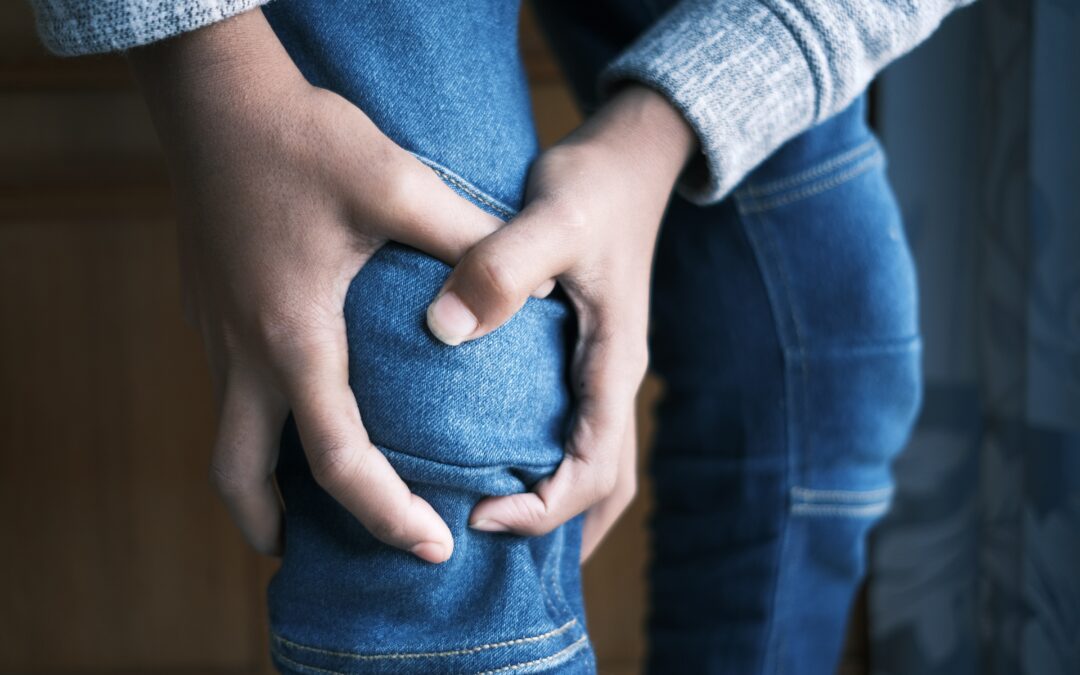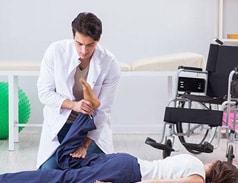Do you suffer from arthritis in your knees? You’re not alone – knee osteoarthritis alone affects nearly 1 in 5 Australian adults over the age of 45. In fact, it’s estimated that over 4 million Australians are living with some form of arthritis.
If so, chances are you understand how painful and limiting the condition can be. Knee arthritis is a prime cause of pain, and stiffness and can introduce difficulty to even simple everyday activities.
But don’t worry, there are a number of ways to find relief and manage your knee pain, from at home or through professional help.
Understanding Knee Pain, Arthritis and Their Causes
Arthritis is a term used to describe a range of conditions that lead to inflammation and pain in the joints. Depending on the type of arthritis, the degree of pain and disability can vary from person to person. The most common types of arthritis that affect the knee are osteoarthritis and rheumatoid arthritis.
Types of Arthritis That Affect the Knee
Typically, osteoarthritis is the type of arthritis most common in the knee joint. It is caused by the breakdown of the cartilage in the joint. Over time, the joint becomes stiff and painful. It is more common in people over the age of 50 and is often due to wear and tear of the joint. Rheumatoid arthritis is an autoimmune condition in which the body’s own immune system attacks the joints, leading to inflammation and pain. This type of arthritis is more common in women and can affect people of any age. It can cause swelling, stiffness, and pain in the knee joint.
Symptoms of Knee Arthritis & Their Causes
The symptoms of knee arthritis can vary from person to person, but typically include pain, stiffness, and swelling in the knee joint. Other symptoms can include clicking and grinding noises in the joint, difficulty walking or climbing stairs, and reduced range of motion.
Knee arthritis is commonly caused by wear and tear when the cartilage that cushions the ends of the bones in the knee joint gradually deteriorates. As the cartilage wears away, it leads to bone rubbing on bone. This leads to pain, swelling, and restricted movement.
Another possible cause, in the case of Rheumatoid Arthritis (RA), is the body’s immune system mistakenly attacking the joints. This causes inflammation that can erode cartilage and sometimes the underlying bone. Injuries are another common cause of knee arthritis.
Exercises For Managing Arthritis
Exercise is an important part of managing arthritis pain and improving mobility. However, it is important to talk to your doctor or physiotherapist before beginning any exercise program. The right type of exercise can help to strengthen the muscles that support the knee joint and improve the range of motion, while the wrong type of exercise can worsen symptoms.
Quadriceps Strengthening Exercises
Quadriceps are the muscles at the front of the thigh that help support the knee joint. Strong quadriceps muscles are essential for supporting the knee joint and reducing pain. A physiotherapist can provide guidance on exercises that can help to strengthen the quadriceps. Popular strengthening exercises include leg extensions, squats and lunges.
Tai Chi
Tai Chi is a gentle form of exercise that focuses on slow, flowing movements that can help to improve balance, strength, and flexibility without putting too much stress on the knee joints. Tai Chi is an evidence-based practice, with research providing that it can help reduce pain and improve balance, strength, confidence and general health. Learn more about this practice and how to get started on our Tai Chi page.
Heat and Cold Therapy
Applying heat or cold to the knee joint can help to reduce pain and improve mobility. Heat therapy, such as applying a hot water bottle or a heating pad, can help to relax the muscles and reduce stiffness. Cold therapy, such as applying an ice pack, can help to reduce inflammation and numb the area.
Coping with Knee Arthritis Pain
Although pain is an unavoidable part of living with arthritis, there are a number of strategies that can help to reduce pain and improve quality of life.
Managing Pain During Daily Activities
Daily activities, such as walking, climbing stairs, and bending down, can be painful for people with arthritis. Wearing comfortable shoes has the potential to make these activities significantly easier. The use of assistive devices, such as a walking stick or walker, is another time-tested approach to managing pain. It is also important to take frequent breaks during activities to rest and avoid overexertion.
Over-the-Counter Pain Relievers
Over-the-counter pain medications, such as ibuprofen and panadol, can help to reduce inflammation and pain. However, it is important to talk to your doctor before taking any medication.
Cold & Heat Packs
Ice packs and heat packs can be used to help manage pain caused by knee arthritis. Ice packs applied to the affected area can help to reduce inflammation and reduce pain. Heat packs are another option to increase circulation and reduce stiffness.
Preventing and Delaying Knee Arthritis
Although there is no cure for arthritis, there are a number of strategies that can help to reduce the risk of developing knee arthritis or slow its progression.
Preventative Measures for Joint Health
Maintaining a healthy weight and engaging in regular exercise can help to reduce the risk of developing knee arthritis. Eating a balanced diet and avoiding activities that put excessive strain on the knee joint can also help.
Strategies for Slowing the Progression of Knee Arthritis
For those living with knee arthritis, there are a number of strategies that can help to slow the progression of the condition. These include avoiding high-impact activities, wearing supportive shoes, and taking medications as prescribed by a doctor.
Consider Physiotherapy For Knee Arthritis
Finally, a physiotherapist is an excellent source of support for managing arthritis in the knee. Physiotherapy can help to reduce pain and improve mobility, as well as teach you how to use proper technique when doing everyday activities like walking or climbing stairs.
By leveraging an experienced physiotherapist, you can be confident that you receive the most relevant, personalised treatment for your specific situation. Thankfully, our physiotherapists are experts at assessing the knee, treating your symptoms and teaching you the skills and exercises you need to manage your knee osteoarthritis.
These tips are just a few of the many ways to manage knee pain caused by arthritis. While it may take some time to find relief, the best thing you can do is stay positive and keep an open mind for treatments until you find what works best for you. If you’re looking for professional guidance, contact Miami Physiotherapy today to set up an appointment and start managing your pain.


